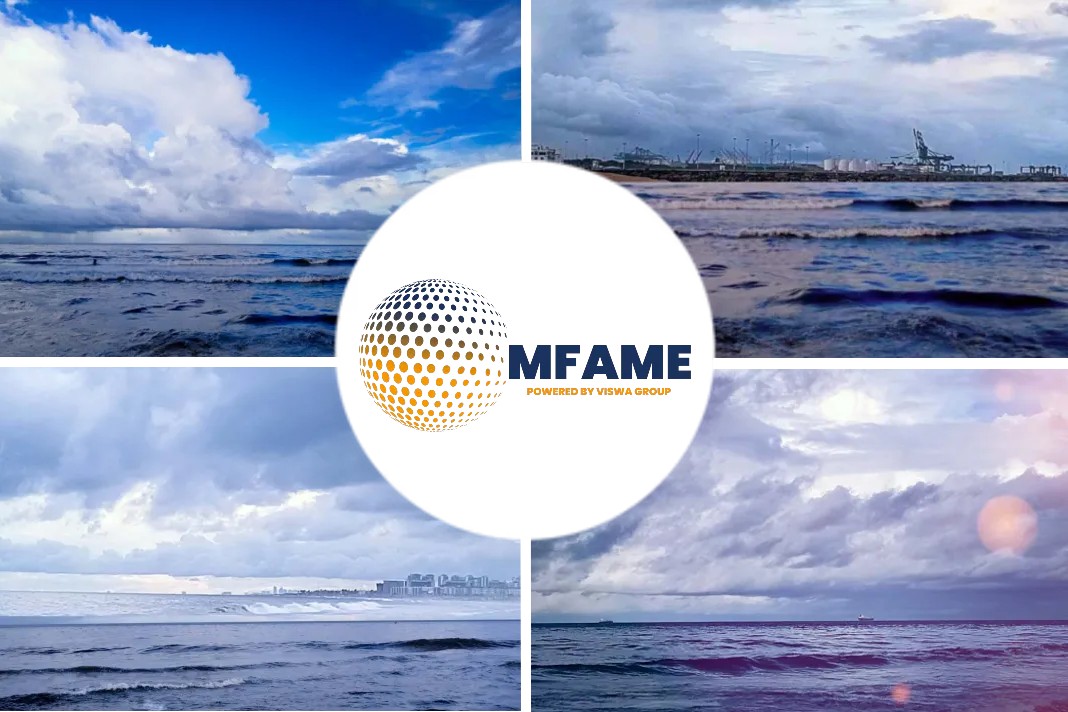As the January 2020 implementation date for new marine fuel regulations draws nearer, the industry’s largest consumers remain broadly indecisive on exhaust scrubber installations.
In less than 24 months International Maritime Organization (IMO) regulations will require vessels to burn 0.5pc sulphur maximum bunkers outside of Emission Control Areas (ECAs) to meet emissions limits, down from the current 3.5pc sulphur maximum bunker limit. Scrubbers enable shipowners to comply with the new statutes on burning high-sulphur residual fuel oil, rather than turn to higher-cost alternative fuels such as 0.5pc bunkers or liquefied natural gas.
But scrubber installations lack appeal among containership, dry bulk and tanker vessel owners. A study by the US-headquartered organization International Council on Clean Transportation (ICCT) estimated that in 2015 these vessel classes accounted for 78pc of the global residual fuel oil bunker demand: containerships for 30pc, bulk carriers for 25pc, oil tankers for 16pc and chemical tankers for 7pc. The study pegged global demand for residual bunker fuel at 210.27mn t and for marine distillates at 49.52mn t in 2015.
Containership owners Hapag-Lloyd and Maersk noted last year that they will use 0.5pc sulphur bunkers to comply with the 2020 regulation rather than installing scrubbers. In 2016, Maersk burned 10.12mn t of residual fuel oil and 617,000t of marine distillates and following its approved merger with containership owner Hamburg Sud, the new company will account for 19.3pc of the global containership fleet capacity. Hapag-Lloyd merged with shipping company Compania Sudamericana de Vapores (CSAV) at the end of December 2014 and in turn merged with United Arab Shipping Company in March 2017. In the first nine months of 2017, Hapag-Lloyd burned 2.47mn t of heavy bunker fuel and 369,200t of marine distillates.
Japanese containership, dry bulk and tanker companies Kawasaki Kisen Kaisha (K Line), Mitsui OSK Lines (MOL) and Nippon Yusen Kabushiki Kaisha (NYK) also received final approval to launch their joint venture company Ocean Network Express this month. The combined companies consumed over 14mn t of heavy bunker fuel and marine distillates during their fiscal year 2016, which ended on 31 March 2017. NYK commissioned scrubbers on two newbuild 56,000 dwt bulk carriers, which will be delivered by the end of 2018 and in the first quarter of 2019, and MOL noted in its annual report that it plans to address the impact of the 2020 marine fuel regulations, which is expected to raise its marine fuel bill, by increasing the freight rates it charges customers. In 2016, MOL launched a study on the feasibility of scrubbers. Separately, K Line tested a scrubber on its car carrier Drive Green Highway in 2016, has not announced other scrubber initiatives after this test.
Two other containership companies may be considering scrubbers for newbuild orders, including CMA CGM and MSC. In 2017, France-based CMA CGM signed a memorandum of understanding with the French oil and gas company Total, which will provide CMA CGM with 3.5pc sulphur bunkers for ships outfitted with scrubbers as well as 0.5pc sulphur fuel and LNG for bunkering. CMA CGM does not disclose its marine fuel consumption. CMA CGM merged with shipowner Nepture Orient Lines (NOL) in September 2016. NOL is the parent company of American President Lines (APL), which retrofitted the 65,792 dwt containership APL England with a scrubber. Privately-owned containership company Mediterranean Shipping Company (MSC) has four 23,000 twenty-foot equivalent unit (TEU) containerships on order, but did not disclose if the vessels will be outfitted with scrubbers. In 2016, MSC burned 7.28mn t of heavy bunker fuel and 1.02mn t of marine distillates.
If history is predictive of future shipowner behavior, it is unlikely that containership, tanker and dry bulk vessel owners will rush toward scrubber installation. In January 2015, the marine fuel sulphur limit in the ECAs dropped from 1pc to 0.1pc. While the change impacted most of US territorial waters, the bulk of the US-flagged vessels operating in these areas switched from burning 1pc sulphur residual fuel oil to marine gasoil. Their bunker bill increased, but they passed the expenses to their chartering customers. Only two US-flag vessel owners have installed scrubbers: Interlake Steamship, which retrofitted four bulk carriers and Matson, which retrofitted three containerships.
Globally, scrubbers have gained traction with ferry and cruiseship operators, but these vessel classes account for minimal fuel oil demand. According to the ICCT’s study, passenger and cargo ferries accounted for 3.5pc and cruiseships accounted for 4pc of residual fuel oil burn in 2015.
Did you subscribe for our daily newsletter?
It’s Free! Click here to Subscribe!
Source: Argus

















